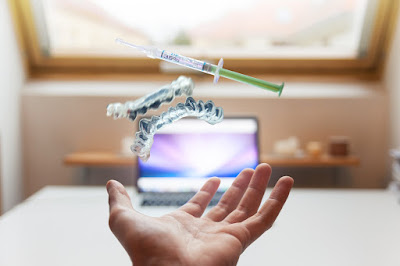What Does a Dental Digital Scanner Do?
Dental digital scanners are also called intraoral scanners. An intraoral scanner is a device that captures a direct oral impression. Just like the name, it scans your teeth. The device projects a light source onto the area to be scanned, and images are captured by imaging sensors. They are then processed in scanning software to produce a 3D surface model.
Intraoral scanning devices are used for therapeutic and preventive care. They can capture 3D high-resolution images and create records of the complex and soft tissues to monitor oral disease and conditions. Basically, they create a digital impression, improve diagnostics and create digital records.
For digital impression, the scanner projects the source of light laser to scan the teeth or objects such as dental arches, implant scan bodies or prepared teeth. Images captured are both of hard and soft tissues and restorations. Software generating point clouds process the image. The point clouds generate representations of the existing structures. They are then triangulated by the software to produce a 3D model of the scanned range. The 3D models of the tissues are the outcome of the digital impressions.
How it works
The dentist first prepares the tooth for scanning - 45 seconds to capture the impression. The intraoral scanner is then inserted into your mouth and onto the surface area of the tooth or teeth. It takes about 90 seconds to capture the digital image of the prepared tooth/teeth. There is a chairside monitor that displays the image as it’s captured. The dentist can then manipulate or enhance to get a better image and see all of the details.
What is an intraoral scanner made of?
The intraoral scanner consists of a handheld camera, computer and software. The widely used digital format is the open Standard Tessellation Language (STL). It uses a timed laser light directed on the teeth or object then reflects the camera, where the image is captured and recorded.
Another type of intraoral scanner is parallel confocal imaging. The technique is focused on the acquisition of focused and defocused images from selected depths. It can detect the sharpness of an area to infer the distance to the object associated with the lens's focal length.
Here at Admire Dentistry, we offer a wide range of dental services from preventative dentistry to cosmetic dentistry. Contact us to find out more about our services or to book an appointment.



Comments
Post a Comment